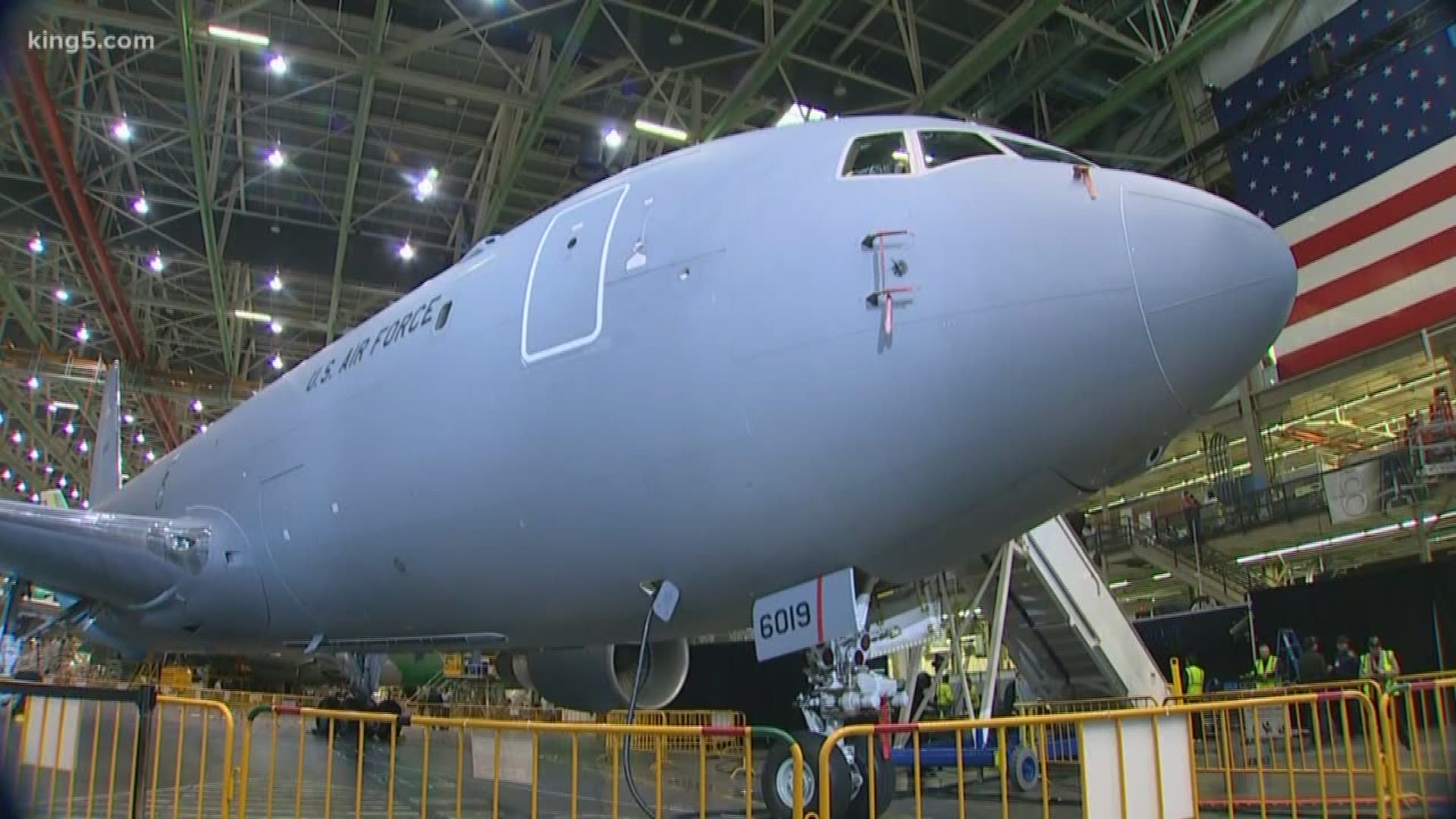
How to Revolutionize Aircraft Paint Inspection with AI Technology?
Share
The aviation industry has long relied on traditional methods for painting and inspecting aircraft. As the stakes are high for safety and efficiency, Revolutionizing Aircraft Paint Inspection with AI is not just an idea; it is becoming a necessity. With advances in artificial intelligence, the processes of inspection can be faster, more accurate, and significantly reduce human error. This article delves into how AI transforms aircraft painting processes and enhances quality assurance.
In an era where technology governs various aspects of our lives, integrating AI into aircraft paint inspection systems can lead to effective solutions that meet the rigorous demands of the aviation industry. From eliminating human inconsistencies to speeding up inspection times, the implications of AI in this field are profound.

Understanding Aircraft Paint Inspection
Aircraft paint inspection is a critical procedure that ensures both aesthetic and protective qualities of the paint are up to standard. The industry aims to safeguard against paint deterioration and damage that could compromise safety protocols. The traditional methods include manual inspections, which, despite being useful, can be time-consuming and often subjective.
The Need for Innovation
The aviation landscape changes rapidly, with increasing demand for aircraft maintenance and a need for superior quality management systems. Enter AI, with its ability to analyze data at unprecedented speeds while providing objective results. Not only does AI assist in identification and classification of defects, but it can also proactively suggest maintenance requirements, streamlining the entire process of paint inspection.
How AI Revolutionizes Paint Inspection
1. Enhanced Accuracy
AI systems are designed to utilize advanced algorithms that can analyze intricate details in the paint finish. These algorithms can detect anomalies that the human eye might overlook. Through machine learning, AI improves over time, becoming more effective at identifying patterns and common defects, leading to enhanced accuracy in inspections.
2. Time Efficiency
Time is a significant factor in the aircraft sector. Traditional inspections could take hours, if not days. AI reduces inspection times significantly by automating processes. By using real-time data, inspections can conclude much quicker, ensuring that aircraft return to service without unnecessary delays.
3. Cost-Effective Solutions
The integration of AI into paint inspection systems leads to a reduction in costs. While there may be initial investments in AI technology, the long-term savings involved in fewer defects and repairs result in significant financial benefits. Companies can allocate resources more effectively by minimizing labor costs associated with manual inspections.
4. Predictive Maintenance
One of the most innovative aspects of AI is its ability to predict maintenance needs. By analyzing historical data and current inspection results, AI systems can forecast when issues may arise, allowing companies to address problems proactively before they escalate.
Case Studies: AI in Action
Many companies are already leveraging AI for aircraft paint inspections. For instance, one case study highlights the collaboration between Boeing and several AI-focused tech firms to analyze data collected from automated inspections. This initiative has seen reduced inspection times and defect rates, leading to considerable improvements in overall aircraft readiness.
Integrating AI Technologies
To effectively implement AI systems, several steps are essential:
- Assess Requirements: Understand the specific needs of your aircraft painting operations.
- Choose the Right Technology: Select AI systems that are designed for your application's requirements.
- Training and Adaptation: Ensure that all personnel are trained to work with AI technologies seamlessly.
- Continuous Evaluation: Regularly assess the effectiveness of AI systems to ensure continual improvement.
Training Staff for AI Integration
The transition to AI technology does not mean the end of human involvement. It is vital to train staff to understand how to work alongside AI systems for optimal collaboration. Furthermore, humans play a crucial role in interpreting AI results and making informed decisions based on data.
Challenges Faced in Adoption
While the benefits are clear, several challenges can arise in the adoption of AI for paint inspection:
- Trust Issues: Building trust in AI systems among personnel can take time and effort.
- Initial Costs: High starting costs for setup and implementation may deter some organizations.
- Data Management: Properly managing and utilizing the extensive data produced by AI systems is crucial for successful outcomes.
Future of AI in Aircraft Paint Inspection
As technology evolves, so too will the capabilities of AI in aircraft paint inspection. Future advancements could include:
- Integration with Virtual and Augmented Reality: This could provide immersive experiences in training and inspections.
- Enhanced Data Analytics: More robust analytics could offer deeper insights into aircraft performance.
Conclusion
The potential to Revolutionize Aircraft Paint Inspection with AI presents a game-changing opportunity for tech professionals and enthusiasts alike. Although challenges exist, the prospects for enhanced safety, efficiency, and cost-effectiveness remain substantial. As the aviation industry continues to embrace AI technologies, the future looks bright for the intersection of aviation and technology.
FAQs
1. How does AI improve paint inspection accuracy?
AI utilizes advanced algorithms to analyze intricate details that may be overlooked by the human eye, leading to improved accuracy.
2. What are the cost implications of implementing AI for paint inspections?
While initial investment might be high, AI systems can reduce long-term operational costs associated with defects and repairs.
3. Are employees replaced by AI in the inspection process?
No, while AI assists in inspections, human oversight is still vital for interpreting results and making decisions.
For related insights, check out our piece on Choosing Aircraft Paint.
